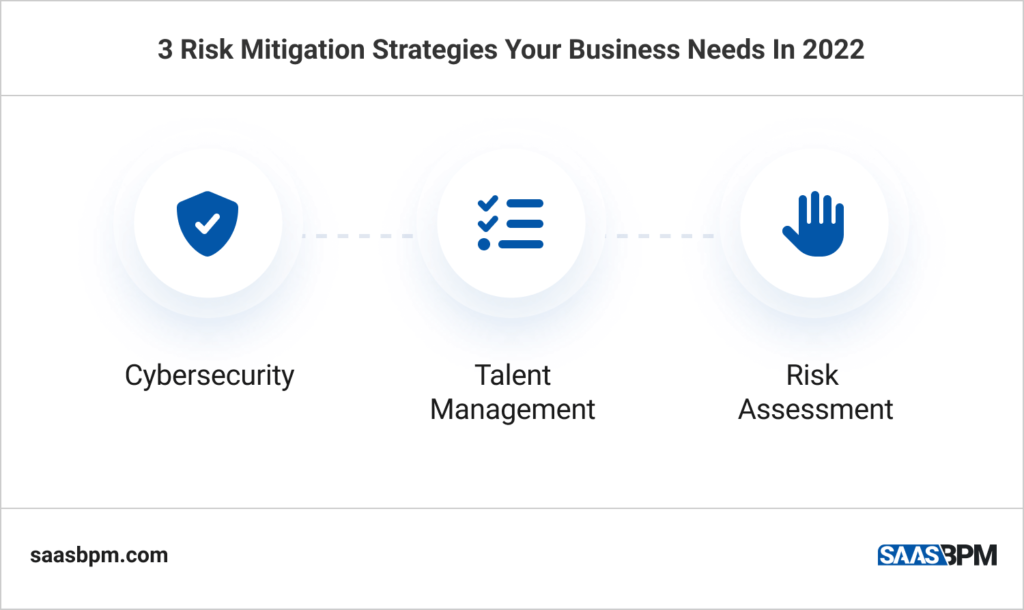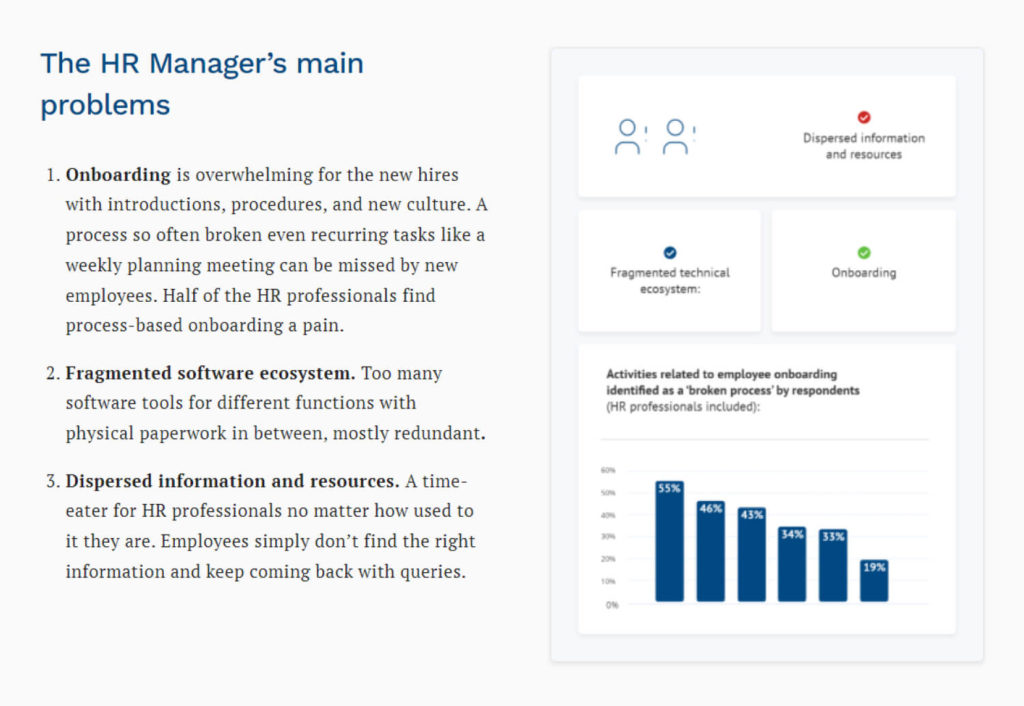Risk mitigation strategies should always be a priority within a business. As we step into 2022, it’s important for companies to reflect on the lessons from the COVID-19 pandemic. Also, leaders should plan how to apply them in the upcoming year.
While many risk mitigation strategies will continue to be important, there are emerging trends that companies should prioritize in 2022. For example, remote work and online learning have become more prevalent. Therefore, companies need to consider how they can capitalize on these trends.
Additionally, mental health and well-being have become top priorities for many people, so companies should think about how they can create a supportive environment for their employees. As many employees now work fully or partially remote, business owners need to make sure to use the right business process management solution to delegate tasks and avoid burnout. By staying up-to-date on the latest trends, companies can set themselves up for success in the coming year.

Cybersecurity
As more and more employees work remotely, organizations are increasingly vulnerable to cyberattacks. Cybercriminals are becoming more sophisticated in their use of technology, and they are constantly evolving their methods to take advantage of new opportunities. As a result, productivity problems in your remote team can occur and your company data may be in real danger. Therefore, it is critical for organizations to prioritize cyber response plans. By doing so, they can reduce downtime and prevent inflated remediation costs.
There are a number of risk mitigation strategies that organizations can implement to reduce their exposure to cyberattacks. First, they should ensure that all employees are properly trained in cyber security protocols. Second, they should invest in robust security systems and regularly test them to identify vulnerabilities. Finally, they should develop clear and concise communication plans to ensure that everyone knows what to do in the event of an attack. By taking these steps, organizations can make themselves much less attractive targets for cybercriminals.
As cybercrime continues to evolve, so too must the strategies used to combat it. In recent years, we’ve seen the rise of sophisticated cyberattack operations, which has allowed threat actors to pull their resources and maximize their chances of success. This trend is expected to continue in 2022, as cybercriminals form even more robust working relationships. This will require a coordinated response from the cybersecurity industry, as well as increased government regulation and investment in cybersecurity. By taking these steps, we can protect mission-critical functions like elections, healthcare, and energy from the growing threat of digital extortion.
Careful Talent Management

As the pandemic continues to rage across the globe, organizations are facing an unprecedented talent crisis. Employees are leaving their jobs in droves, as the pandemic-fueled Great Resignation continues in 2022.
This mass exodus of talent is putting immense pressure on organizations to find and retain top talent. In order to prevent employees from seeking better opportunities, organizations must implement risk mitigation strategies. These strategies should focus on creating a positive work environment, providing competitive compensation and benefits, and investing in employee development. By taking these steps, organizations can prevent the Great Resignation from turning into a full-blown talent crisis.
According to Gallup, 74% of employees have reported work burnout over the past year. Although sometimes there are nothing employers can do to prevent stress during busy times, always make sure you are on the lookout for new ways to manage your team effectively. For example, refine your hiring process to sift through suitable candidates only.
Also, your onboarding process plays a crucial role in risk mitigation for your organization. By taking the time to set employees up for success, you can help them avoid costly mistakes and better adapt to company culture. A strong onboarding plan should clarify expectations, outline company culture and norms, and explain policies and procedures. Employees should also be introduced to others outside of their team and given an outlet to ask questions when they arise.
This process can take up to a year to ensure your employees are fully immersed and comfortable with the organization. However, a well-executed onboarding plan can help employees feel connected faster. As a result, the likelihood of second-guessing their decision to join your organization decreases. Ultimately, thoughtful onboarding is key to protecting your investment in new hires and reducing risk for your business.
Risk Assessment

Risk assessment is a key risk mitigation strategy as it is important to build an action plan before your business is at risk. As a result, leaders can consider the ongoing costs of the mitigation plan. This will help them to make informed decisions about which risk-handling strategies are most practical for their business. It is also important to note that most identified risks will eventually recur.
Thus, it is crucial for leaders to have a clear understanding of the goals of the risk mitigation plan and the potential costs involved. Only by taking these factors into account can they truly develop a practical plan for handling risks.
In order to develop an effective risk mitigation plan, it is essential to appoint a project manager who has the necessary experience in such situations. Make sure you discuss the following questions. What actions should you take, and when these actions should be completed? Who is responsible for each action? What resources are needed to accomplish the plan and how will each action reduce the risk’s impact and severity? Only by answering these, you can develop specific risk mitigation strategies in an effective manner.
Final Thoughts
Businesses need to consider risk mitigation strategies such as cybersecurity, talent management, and risk assessment in order to stay safe and protect their interests. While each of these areas presents unique challenges, SaaS BPM can help you manage projects within your team and spot problems on time. Implementing these solutions may seem daunting, but the peace of mind they provide is well worth the effort.

